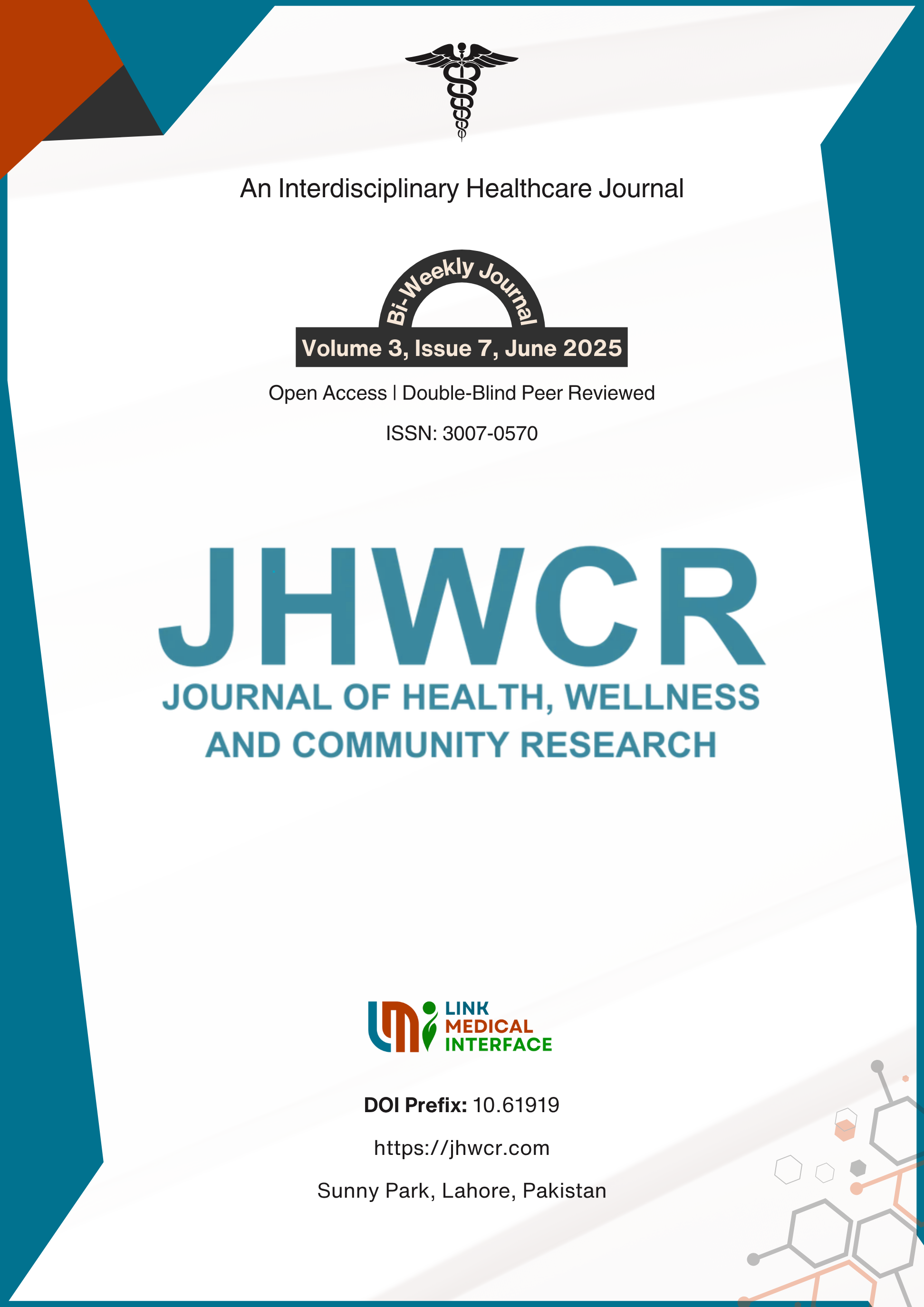Effects of Strengthening Exercises on the Quality of Life of Patients with Osteoarthritis
DOI:
https://doi.org/10.61919/zx234g19Keywords:
Osteoarthritis, Strengthening Exercise, Quality of Life, WOMAC, SF-36, Randomized Controlled Trial, Physical TherapyAbstract
Background: Osteoarthritis (OA) is a prevalent degenerative joint disease that substantially impairs quality of life among older adults, with existing pharmacological and surgical interventions often limited by adverse effects or accessibility. There remains a gap in robust, controlled evidence evaluating the holistic impact of strengthening exercises on both physical and psychosocial outcomes in OA patients. Objective: This study aimed to assess the efficacy of a structured 12-week strengthening exercise program on pain, stiffness, physical function, and overall quality of life in patients with knee or hip OA, hypothesizing that targeted exercise would yield superior improvements compared to standard care. Methods: In this randomized controlled trial, 60 adults aged 45–75 years with primary knee or hip OA were recruited from a tertiary care rehabilitation center. Participants were randomized into intervention (supervised strengthening exercise) or control (standard care) groups. Inclusion required radiographically confirmed OA (Kellgren-Lawrence II–III); key exclusions were recent joint surgery or systemic illness. WOMAC and SF-36 scales were administered at baseline, 6 weeks, and 12 weeks. Analyses used paired and independent t-tests, effect sizes, and 95% confidence intervals in SPSS v24. Ethical approval was obtained, and procedures conformed to the Helsinki Declaration. Results: The intervention group showed significant improvements in WOMAC pain (mean difference -2.7, 95% CI: -3.5, -1.9, p = 0.001), stiffness (-1.1, 95% CI: -1.5, -0.7, p = 0.001), and physical function (-8.8, 95% CI: -11.1, -6.5, p = 0.001) compared to controls, with large effect sizes (d > 1.5). SF-36 domains also improved markedly, especially physical functioning (mean difference 19.8, 95% CI: 16.6, 23.0, p < 0.001). No adverse events were reported. Conclusion: A 12-week supervised strengthening exercise regimen significantly enhances both physical and psychosocial outcomes in OA patients, supporting its integration as a core non-pharmacological component in routine OA management to improve quality of life in human healthcare.
Downloads
Published
Issue
Section
License
Copyright (c) 2025 Journal of Health, Wellness and Community Research

This work is licensed under a Creative Commons Attribution 4.0 International License.


